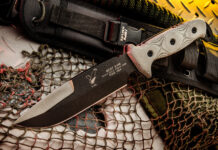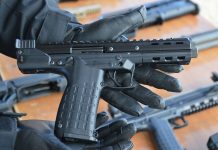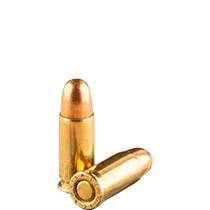
“Son, you don’t want that thing. It’s a 25 ACP. It’ll just piss someone off. It’s weaker than a .22LR.” Those were the words, or thereabouts the words, of a gun store clerk while I browsed a Raven MP-25. Admittedly the Raven is a fairly craptastic gun, but I have a thing for Saturday Night Specials. Today we aren’t talking about Ravens, but we are talking about the .25 ACP.
John Browning invented the round. In 1905 Browning and FN released both the .25 ACP and the FN M1905 at the same time. The idea was simple, let’s make a gun as small as possible but also reliable. In 1905 they had the .22LR, but rimfire rounds aren’t known for their reliability. These days they aren’t bad, but in 1905 I’m betting the .22LR was a little less reliable.
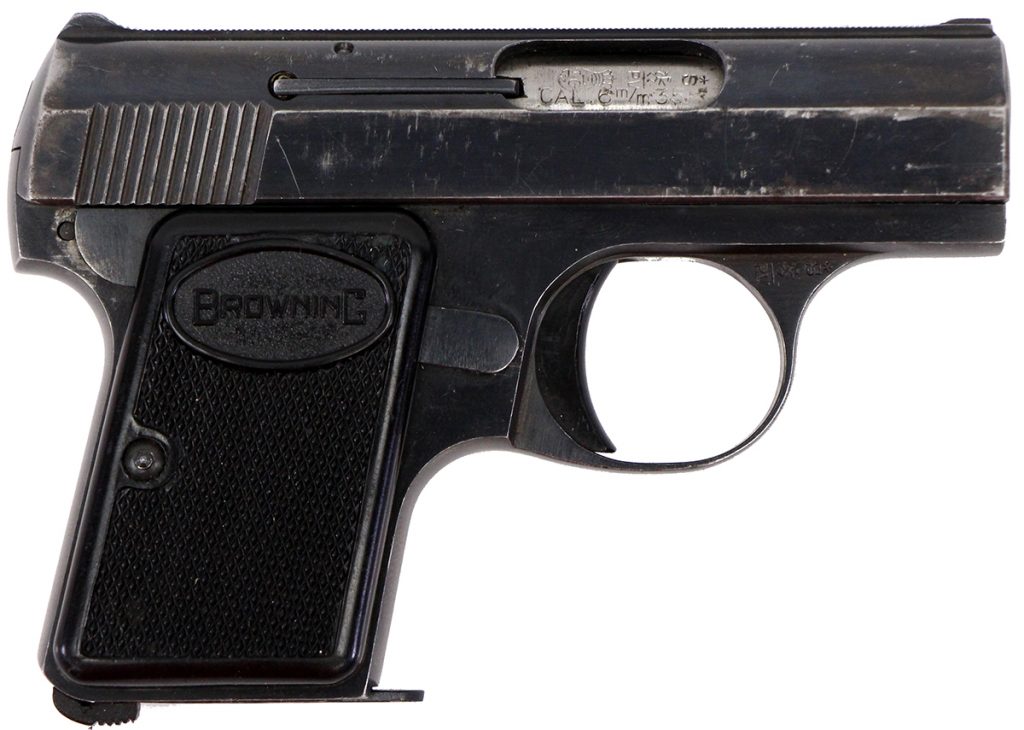
Browning and FN wanted a caliber that allowed you to have an ultra-small pistol but provided the reliability of a centerfire cartridge. This is what led us to the .25 ACP. A few years prior, Browning released the .32 ACP, but apparently, that round just wasn’t small enough. The .25 ACP and M1905 became the first of the Baby Brownings. In 2022 the 25 ACP isn’t a very popular choice for anything beyond collecting, but is it unfairly maligned?
The 25 ACP By the Numbers
Is the 25 ACP as bad as everyone makes it out to be? Is it really worse than the .22LR? The round uses projectiles that fall between 35 and 50 grains and moves at velocities between 900 feet per second and 750 feet per second. That’s the definition of anemic. In terms of energy, we are looking at 65 foot-pounds. For comparison, your average 9mm packs about 350 foot-pounds of energy.
When it comes to self-defense, the most important thing to remember is penetration. Handguns, in general, just poke small holes in bad guys. What they need to be capable of doing is penetrating deep enough to reach something vital. The established standard for competent penetration is 12 inches of properly calibrated ballistic gel.

If a round can penetrate at least 12 inches, it is highly likely to be capable of reaching something vital and shutting down the bad guy. Here is where we see some potential issues. To even get close to reaching the minimum depth, you have to use FMJs. Hollow-point designs just can’t reach the minimum required depth.
Most 50-grain FMJ loads can reach that depth, but even then, it’s inconsistent. Greg Ellifritz gathered data from 1800 shootings and broke them down by caliber. This data showed that in 35% of cases, the .25 ACP did not incapacitate the bad guy regardless of how many hits landed.
What’s The Point?
It is not a very capable round. It can reach the minimum depth necessary, but only inconsistently. It’s also an expensive caliber. 9mm and even 380 ACP are cheaper than the little 25. So what’s the point in 2022?
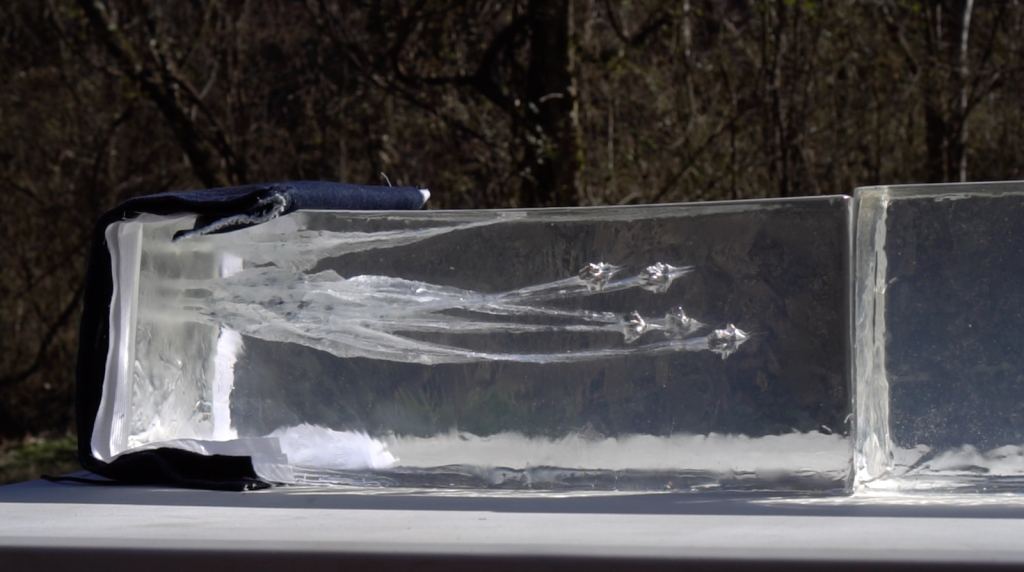
Admittedly there isn’t much of one. If you needed a very small handgun, then the 25 ACP would work well in that role. The little caliber has very little recoil and can be much smaller than the tiniest of .380s. However, no one is making that handgun. You might be able to find a vintage Baby Browning, but I wouldn’t recommend an antique for concealed carry.
Interestingly enough, the little round is still produced and isn’t exactly uncommon as a cartridge. Sure, it’s not a top seller, but someone has to be buying it. It would be interesting to see a modern 25 ACP pocket pistol, but I wouldn’t hold my breath.

